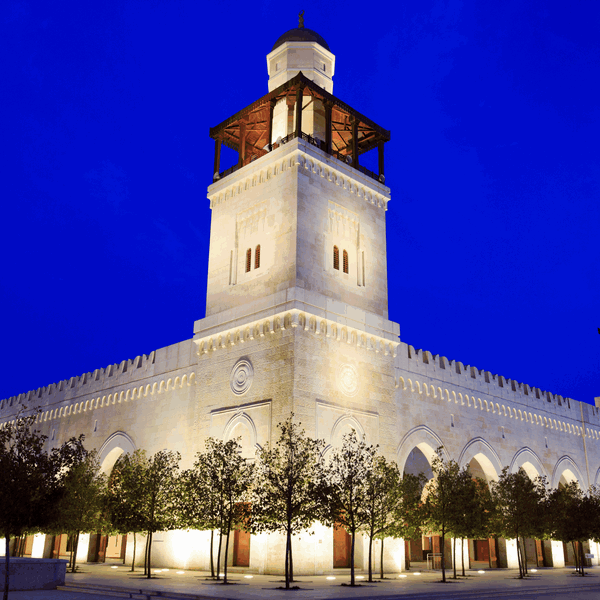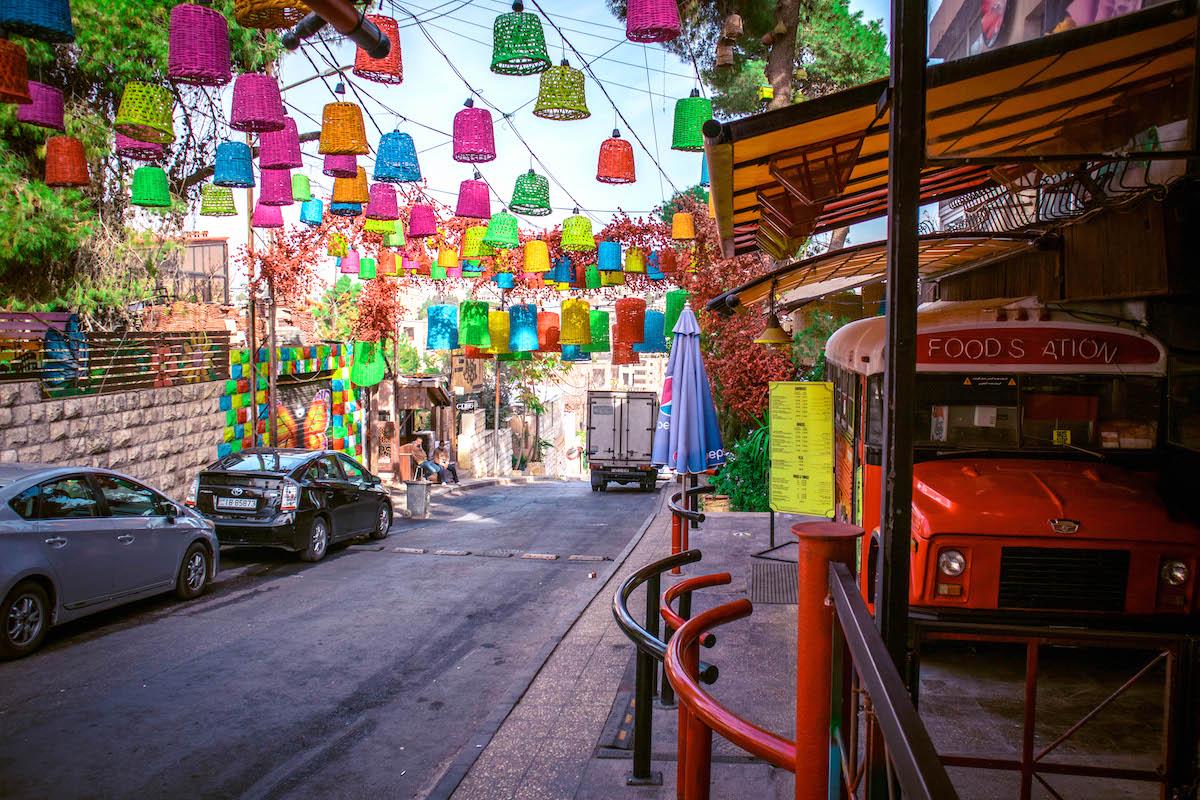When it comes to traditional Jordanian cuisine, the mansaf stands out as one of the most iconic and beloved dishes. A dish steeped in history and culture, mansaf is more than just a meal – it’s a symbol of hospitality, community, and family values in Jordan.
What is Mansaf?
Mansaf is a traditional Jordanian dish made with lamb, rice, and a fermented yogurt sauce called jameed. The dish is typically served on special occasions and gatherings, such as weddings, holidays, and family feasts, and it holds a significant place in Jordanian culinary culture.
The key ingredient that sets mansaf apart is jameed. Jameed is made from goat’s milk, which is boiled until it thickens and turns into a yogurt-like consistency. The thickened milk is then strained and formed into small round balls, which are then dried in the sun until they become hard and crumbly. Jameed can be stored for long periods of time, making it a staple ingredient in Jordanian cuisine, especially during the winter months when fresh dairy products may not be as readily available.
The lamb used in mansaf is typically cooked in a unique way. The meat is simmered in water or broth, along with aromatic spices such as cardamom, cinnamon, and bay leaves, until it becomes tender and falls off the bone. The resulting lamb broth is then used to cook the rice, infusing it with rich flavors.
The rice in mansaf is often cooked with a technique called “maklouba,” which means “upside down” in Arabic. In this method, the rice is cooked with the lamb broth, spices, and sometimes saffron, until it’s almost fully cooked. Then, the partially cooked rice is layered with the cooked lamb and jameed balls in a large serving platter. The dish is then covered and cooked over low heat until the rice is fully cooked and absorbs all the flavors from the lamb and jameed.
The final touch to mansaf is the garnish, which typically consists of toasted almonds or pine nuts, and sometimes parsley or coriander. The dish is usually served family-style, with the platter placed in the center of the table, and everyone digs in with their right hand, as is customary in Jordanian culture.
Cultural Significance
Mansaf is more than just a delicious meal – it holds deep cultural significance in Jordanian society. It is considered the national dish of Jordan and is often associated with hospitality and generosity. In Jordanian culture, serving mansaf to guests is a gesture of warm hospitality and a way to express generosity and appreciation.
Mansaf is also closely tied to family values and community. It is often served at family gatherings, such as weddings and holiday celebrations, bringing people together around a shared meal. In Jordanian culture, mansaf is a symbol of togetherness and unity, and it is often enjoyed in a communal setting where everyone gathers around the platter and eats with their hands, fostering a sense of closeness and connection among family and friends.
In addition to its cultural significance, mansaf is also a dish that represents Jordan’s rich history and Bedouin heritage. The dish has its roots in Bedouin cuisine, which is known for its simple and hearty dishes made with local ingredients that are readily available in the desert environment. Mansaf has been passed down through generations and has become an integral part of Jordanian culinary heritage, preserving the traditional flavors and techniques that have been cherished for centuries.
In conclusion, mansaf is not just a dish – it’s a cultural treasure that embodies Jordanian hospitality, community, and family values. Its unique combination of flavors, techniques






